Affiliate links on Android Authority may earn us a commission. Learn more.
What is Windows 10X? Your complete lowdown on Microsoft’s new dual-screen OS
Published onOctober 4, 2019
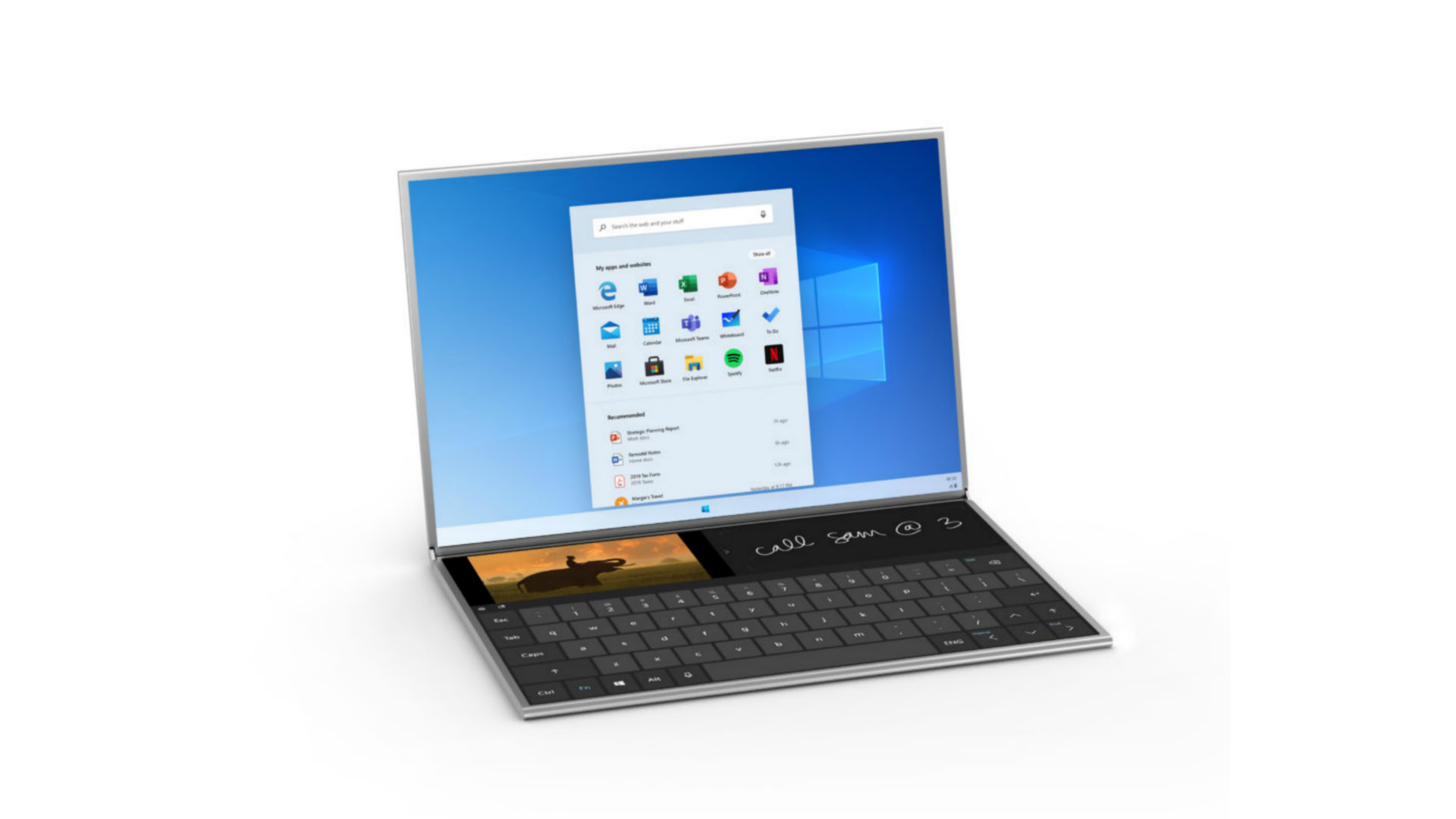
Microsoft made quite a splash at its Surface event with devices like the Surface Laptop 3, Surface Pro 7, Surface Pro X and the Surface Earbuds. Most of this hardware was expected, and some of it had also leaked a day ahead of the launch. However, Microsoft pulled out a big surprise out of its hat by introducing the two new dual-screen Surface devices — Surface Duo and Surface Neo.
The Surface Duo is an Android powered pocket-sized dual-screen device. On the contrary, the Surface Neo runs Microsoft’s not-so-new Windows 10X OS. So without further ado, here’s what you need to know about Windows 10X and its capabilities.
Windows 10X: An expression of Windows 10
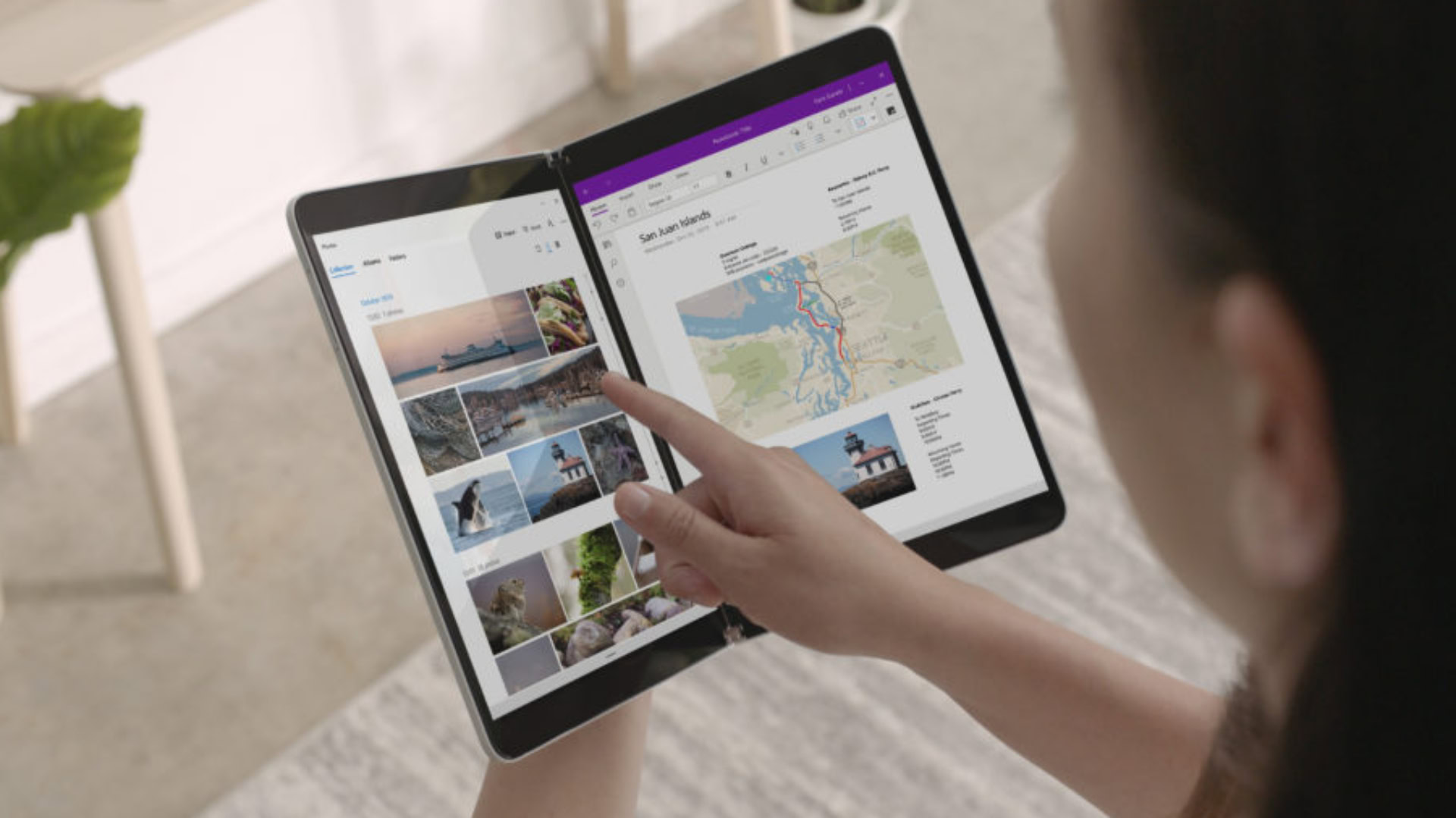
“People are expecting more flexibility from their PCs,” Microsoft said in its announcement of the Windows 10X operating system. But what is Windows 10X?
Simply put, Windows 10X is a version of Windows 10 built solely for dual-screen/foldable devices like the Surface Neo.
While we’ve seen dual-display devices before, we’ve never seen very tight Windows integration. Windows 10X addresses that gap.
Microsoft says Windows 10X is the perfect software to compliment highly flexible, multi-purpose, and multi-posture devices which serve the needs of users on the go.
“We didn’t wipe the slate clean and start over with a brand-new operating system. Our approach is an evolution of where we’ve been going with Windows 10 for the last few years,” Microsoft writes in its blog post.
Since Windows 10X is an expression of Windows 10, it shares the same core technologies that Microsoft also uses across devices like Xbox consoles and HoloLens. Microsoft calls these technologies ‘One Core’. 10X further advances this core Windows technology and optimizes it for flexibility and mobile use.
The operating system has been made more touch-friendly, has a refreshed UI to suit dual-screen devices, and handles multi-tasking more efficiently.
With Windows 10X, Microsoft is taking the lead on dual-screen PCs so that OEMs don’t have to design their own experiences on top of Windows.
For instance, ASUS’ ZenBook Pro Duo uses a proprietary software called ScreenXpert which enables multitasking and runs specific apps on the laptop’s second display.
Now, Windows 10X will take up those tasks in dual-display PCs of the future.
Windows 10X: Multitasking
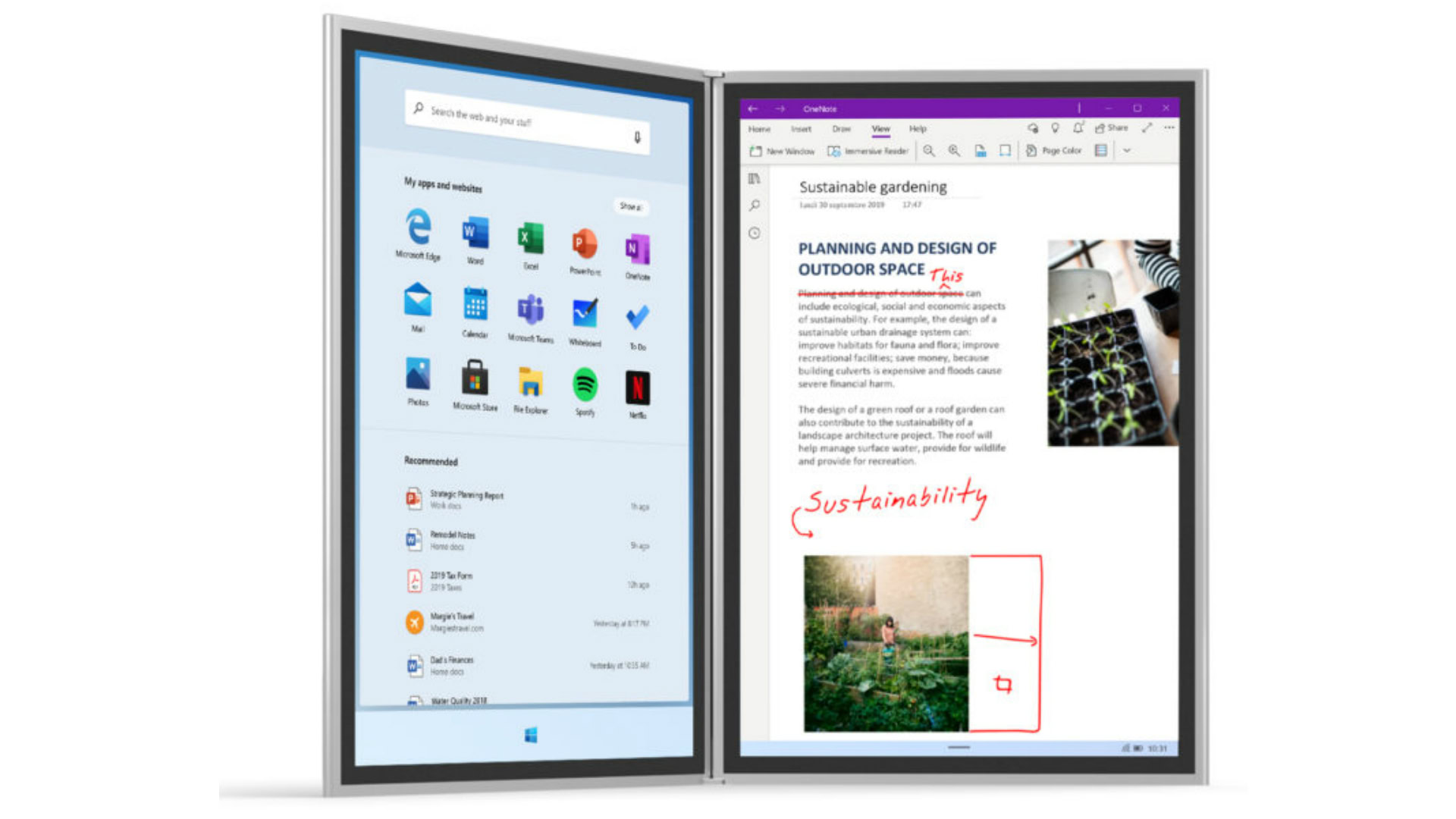
At its hardware event, Microsoft detailed some multi-screen experiences on the Surface Neo powered by Windows 10X. The software will allow users of dual-display devices to either use the screens as one large display or split them up for different tasks.
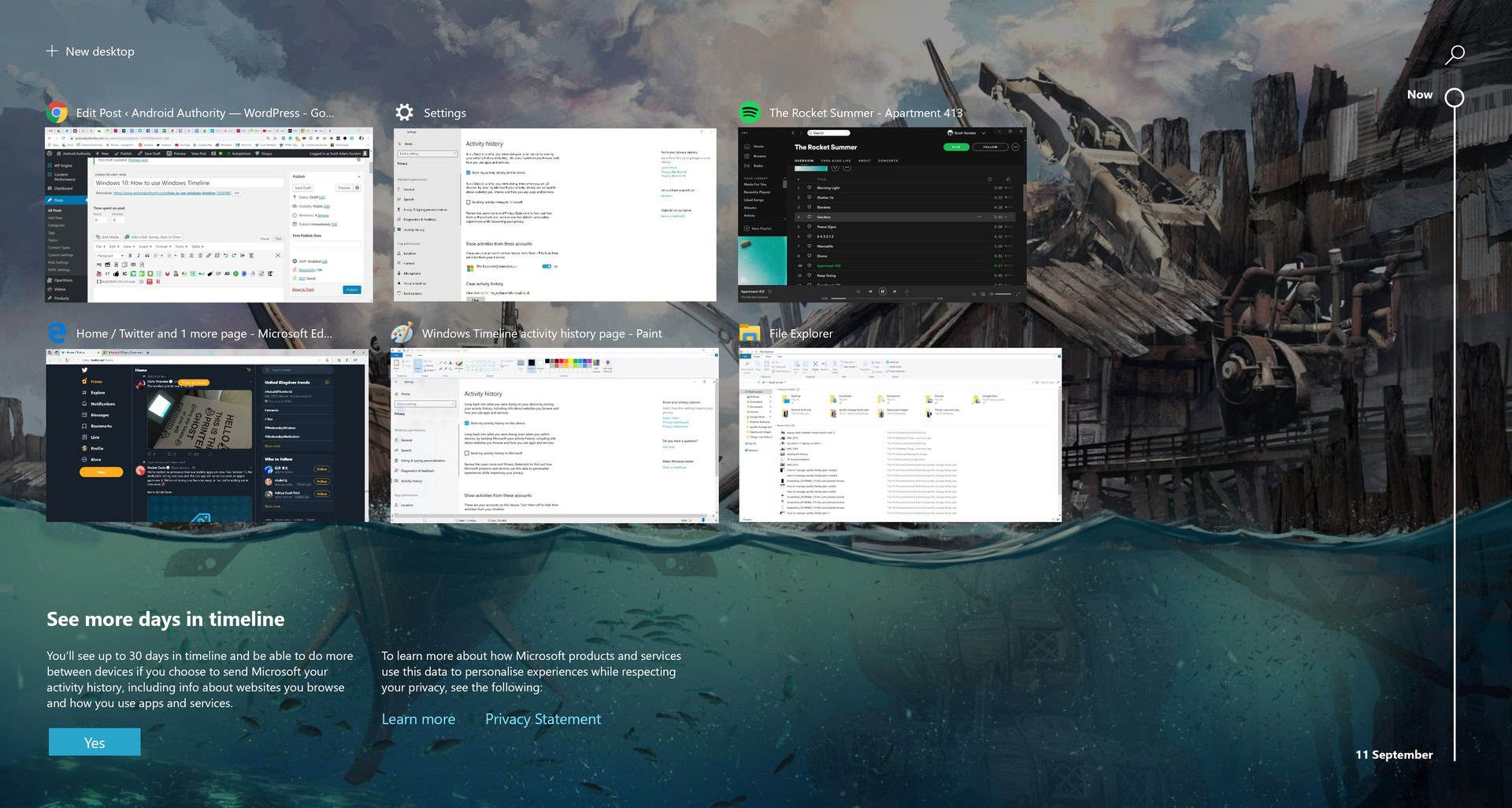
For instance, with a dual-screen device running Windows 10X, you will be able to see PowerPoint presentations on one screen and join a video call on another. Alternatively, you will be able to open emails on one screen and use your browser on the other screen. You could also have one app stretched across the two displays.
Windows 10X will be optimised to handle this this kind of task switching seamlessly.
What about app support on Windows 10X?
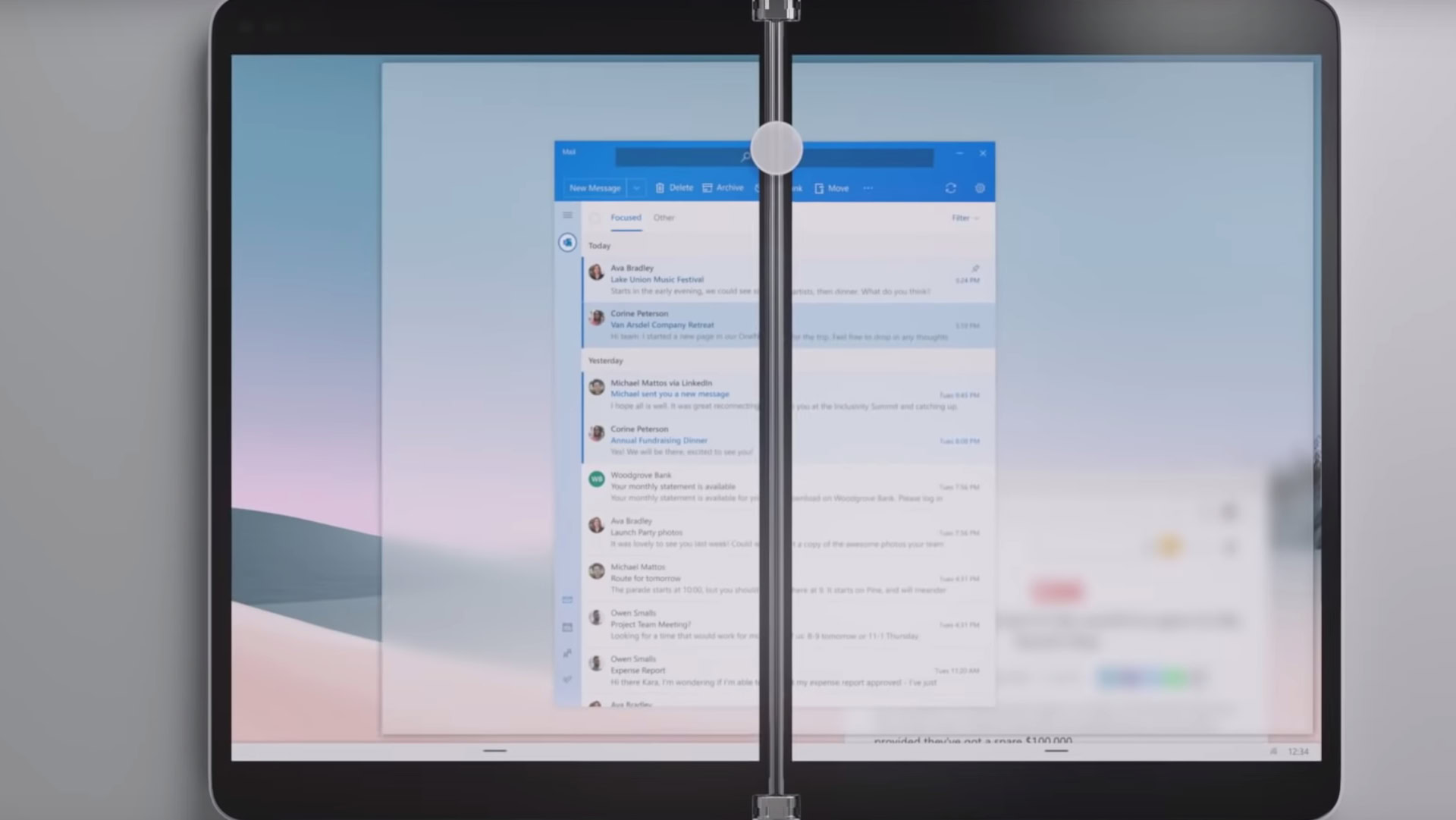
Apps could make or break the future of Windows 10X. If there aren’t many apps that support the dual-screen UI, Microsoft’s new experiment could cave in like a bad souffle.
As reported by The Verge, the company is already planning to optimize popular Windows apps like Mail, Calendar, and PowerPoint for the dual-screen experience.
Moreover, Microsoft also hopes to make most apps in the Windows Store compatible with Windows 10X. This means that the OS will be able to run Win32 desktop applications and Universal Windows Apps (UWP). It will also reportedly rely heavily on Progressive Web Apps (PWA).
The other approach Microsoft is looking at is to encourage app developers to create unique experiences for Windows 10X keeping in mind the hinge that will separate the two screens.
What about battery life?
Microsoft says it’s implementing Win32 app containerization in Windows 10X, so that desktop apps don’t eat away at the battery of dual-screen devices.
Traditional Win32 (Desktop) apps are known to impact battery life more than UWP apps because the latter are better optimised for CPU usage on Windows 10 machines.
With two displays in place, Windows 10X devices will need to offer solid battery life or else they wouldn’t be able to live up to their productivity promise.
It seems Microsoft will only load the Win32 subsystem when a user opens a desktop app, thereby saving precious battery life.
Microsoft will elaborate more on this container technology at its annual Build conference next year.
How does the UI change?
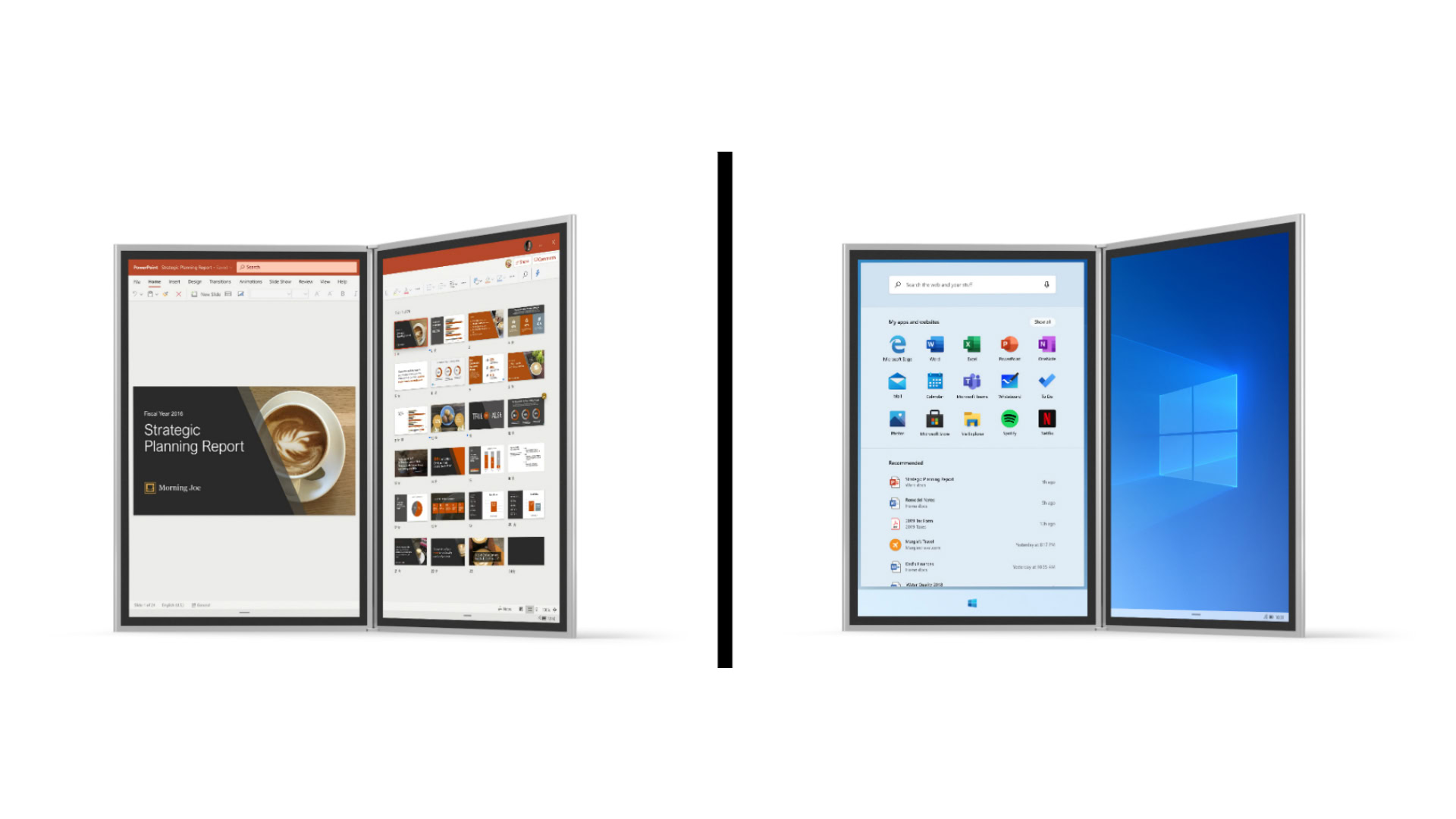
For starters, the new OS will sport an all-new Start Menu. As pictured above, the Start Menu will ditch the Live Tiles design and instead, show list views of apps, documents, and files. Microsoft tells The Verge it did so because it wanted to make the UI more familiar to tablet users. At the same time, it wanted users to have a sense of familiarity about using a Windows 10 device. As you can see in the images above, the refreshed start menu reflects that philosophy.
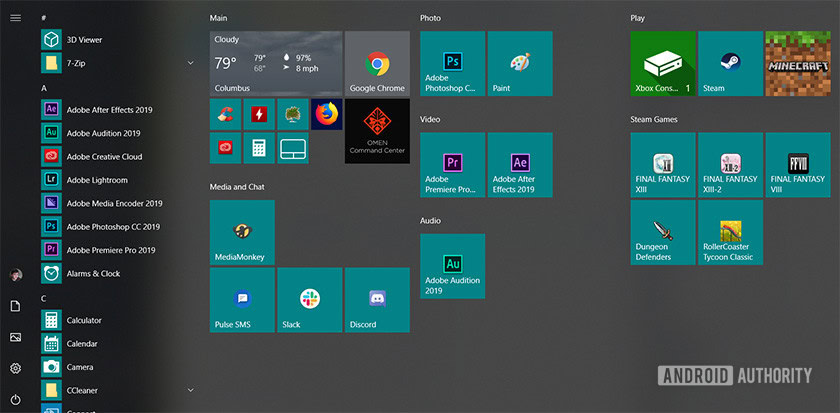
Microsoft notes that the UI could change by the time the software becomes officially available.
Can I download Windows 10X?
Since the OS is exclusively designed for dual-screen devices, you will not be able to configure a Windows 10 machine to run on Windows 10X at any point.
Who’s making Windows 10X devices?
Microsoft is making the Surface Neo, powered by Intel’s Lakefield Processors and Windows 10X. The device features two 9-inch displays joined together by a 360-degree full-friction hinge. You can read more about it here.
Microsoft has also partnered with Asus, Dell, HP and Lenovo to release the first wave of Windows 10X devices. From what we hear, Windows 10X will only be supported on Intel-based devices, so don’t expect it on ARM-based products for now.
The company says that all these dual-screen devices will vary in size, design and specs, but will run Windows 10X. They are expected to start shipping in fall of 2020.
What else?
Microsoft says it is early days for Windows 10X right now. While the OS promises to usher in a new era of productivity, a lot depends on the love developers and consumers show towards dual-screen devices.
We’ll know more about Windows 10X and the Surface Neo at Microsoft’s Build 2020 conference scheduled to be held from May 19 – May 21 next year.